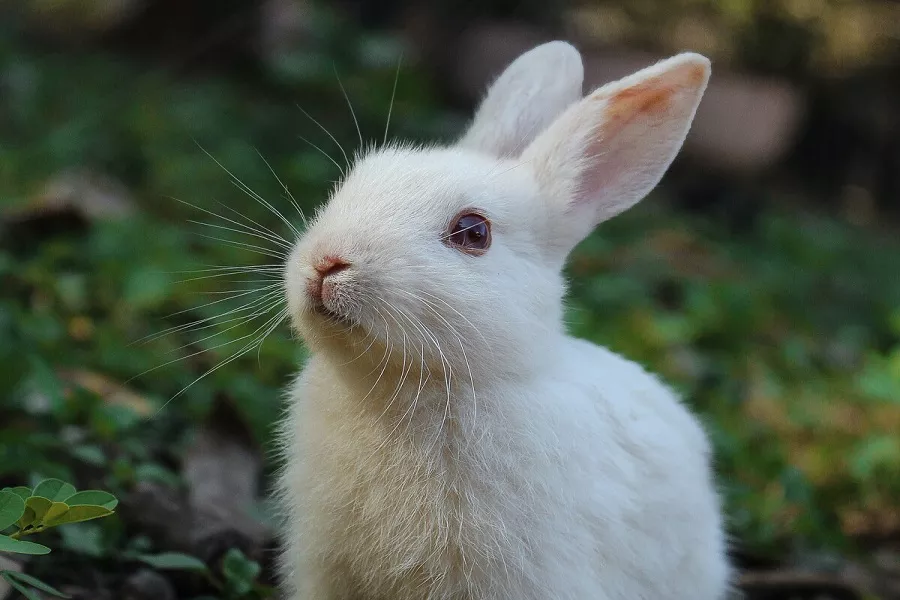What is oriental fire bellied toad?
Bombina orientalis (scientific name: Bombina orientalis) is an amphibian of the family Bombidae and the genus Bombina. Body length is about 36-48 mm, the head is flat, the snout is round, the front and hind legs are short, the skin is rough, the spines are black, the back is gray-brown, or the back is green mixed with irregular black spots, and the ventral surface has piebald, black and red red or orange. The male forearm is thicker, the forearm diameter is 11% of the body length (the female is 8.4%), the inner forearm, the inner palmar process and the base of the inner 3 fingers have black thin spines; there is no vocal sac and male line. The male toes are fully webbed, the female webbing is deeper.
The Oriental Toad has a low voice, hibernates, and is carnivorous. It lays eggs from May to July. Each time it lays dozens to hundreds of eggs, it can lay 150-300 eggs per year. It mainly inhabits rocks in mountain streams. It is distributed in China, North Korea, South Korea and Russia.
What does oriental fire bellied toad look like?
Body length is about 36-48 mm; head flat, length and width almost equal; snout round, without snout ribs; nostrils in the center of eye and snout; eye spacing equal to nasal spacing but slightly less than the width of upper eyelid; no tympanic membrane; tongue round, The surrounding is connected to the oral mucosa; there are vomer teeth. The forelimbs are short, the ends of the fingers are round, the fingers are short, the length of the fingers is 3, 4, 2, 1, and the base is slightly webbed; there is no subarticular tumor, and the palmar processes are prominent. The hind limbs are short, the tibiotarsal joint reaches the shoulder anteriorly, the left and right heels only meet or overlap slightly; the toes are short and flat.
The skin is rough, the head, trunk and back of the limbs are covered with spiny warts of different sizes, with black spines; the warts on the side of the body are generally arranged in regular rows and are relatively dense; there are a few small spiny warts on the ventral face, pharynx and chest; the rest of the skin is smooth without spines . Temporal folds are not clear. When living, the back is gray-brown, with green patches on the shoulders, or the back is green mixed with irregular black spots; the patches on the ventral surface are striking, black and vermilion or orange, as well as the palms and soles and the ventral surface of the thighs. When disturbed, turn up your hands and feet, and you can see vivid colors on the back.
oriental fire bellied toad living habits
Oriental bombtoads often squat on stones or aquatic plants, and sometimes like to spread their limbs to float on the water or hide in the gaps between stones and aquatic plants in the water. After being disturbed, it sometimes turns its limbs up, revealing the vigilant color of its belly. They often choose to overwinter in earth caves, stone caves or abandoned cellars. They sting in early May. Although males have no vocal sacs, they often bark day and night during the breeding season. Sometimes whining continuously. The breeding grounds are mostly small puddles or stone pits on the side of the road or on the hillside. The puddles are very shallow, about 1 meter, and some are even formed temporarily after rain. The water is relatively clear, with few or no plants, so it is easy to see the oriental toad swimming in the water.
Oriental Bombyx is a carnivorous species and can prey all day, with the predation peak at 14:00-17:00. Because the tongue of B. orientalis is disc-shaped, it cannot be everted, and its jumping ability is not strong, so it can only prey on foods that are close to the body in the air or on the ground and have relatively poor mobility, including ants, bees, mosquitoes and flies. , Lepidoptera larvae, stink bugs, beetles, spiders, snails, etc., may also eat some soil, feathers and plant foods, such as straw sticks, grass seeds, water plants, etc.
oriental fire bellied toad rearing
When oriental toads hug, the male holds on the female’s crotch. The male frog in the hug is generally slightly larger than the female frog, and the body length is significantly larger than that of the nearby male frog. When there are very few females in the spawning grounds, there will be competition between males for mates.
May-July is the spawning season of B. orientalis. It spawns many times, ranging from dozens to hundreds of eggs each time. It can lay 150-300 eggs every year, and most of the eggs are a dozen to dozens. A group or a single adhering to the plants near the puddle or the dead branches in the water; the eggs are slightly flat spherical, the animals are very brown-black, and the plants are very light brown; the diameter of the eggs is 1.8-2.1 mm, and there are two layer of glial membrane. When the water temperature is 24-26 ℃, the tadpoles hatch in 70 hours.
Reminder: For more knowledge about angora rabbit, lemur, bearded reedling, golden hamster, red eyed tree frog, please pay attention to: mtedr.com, providing you with different types of small pets and pet care.


























